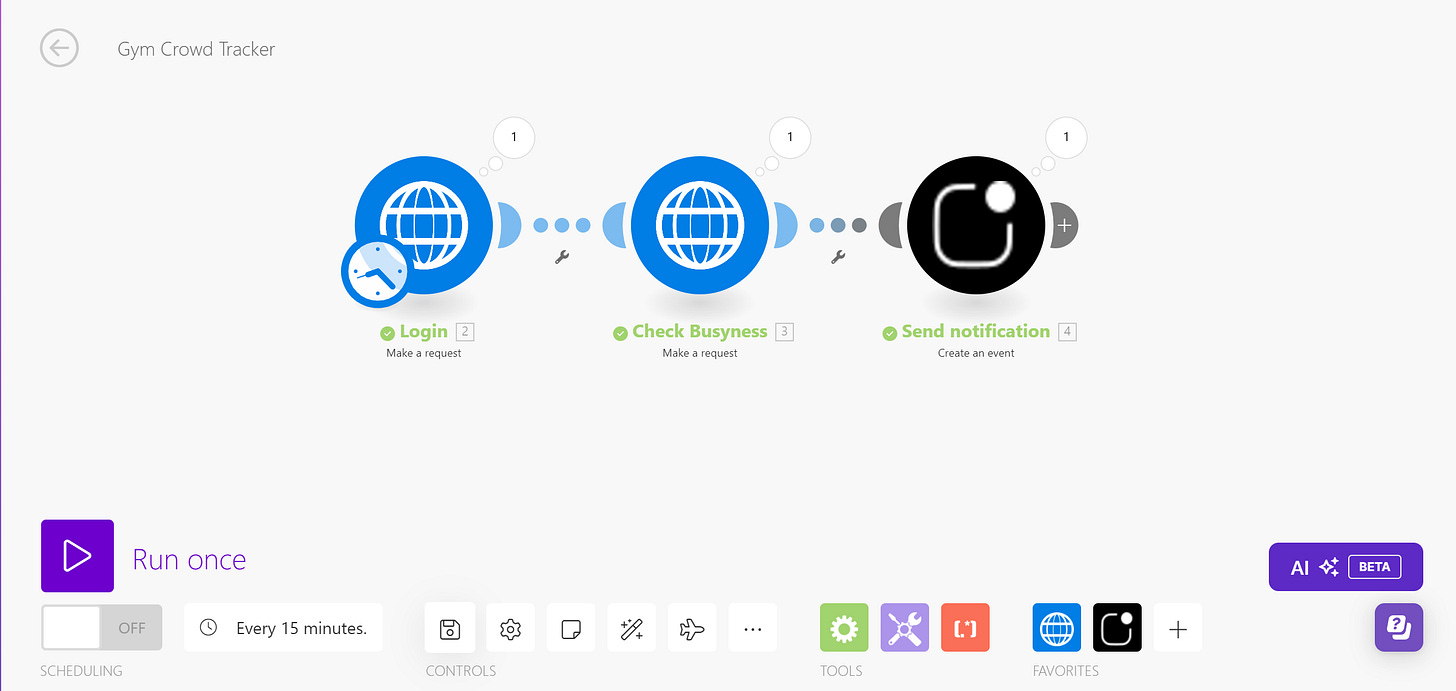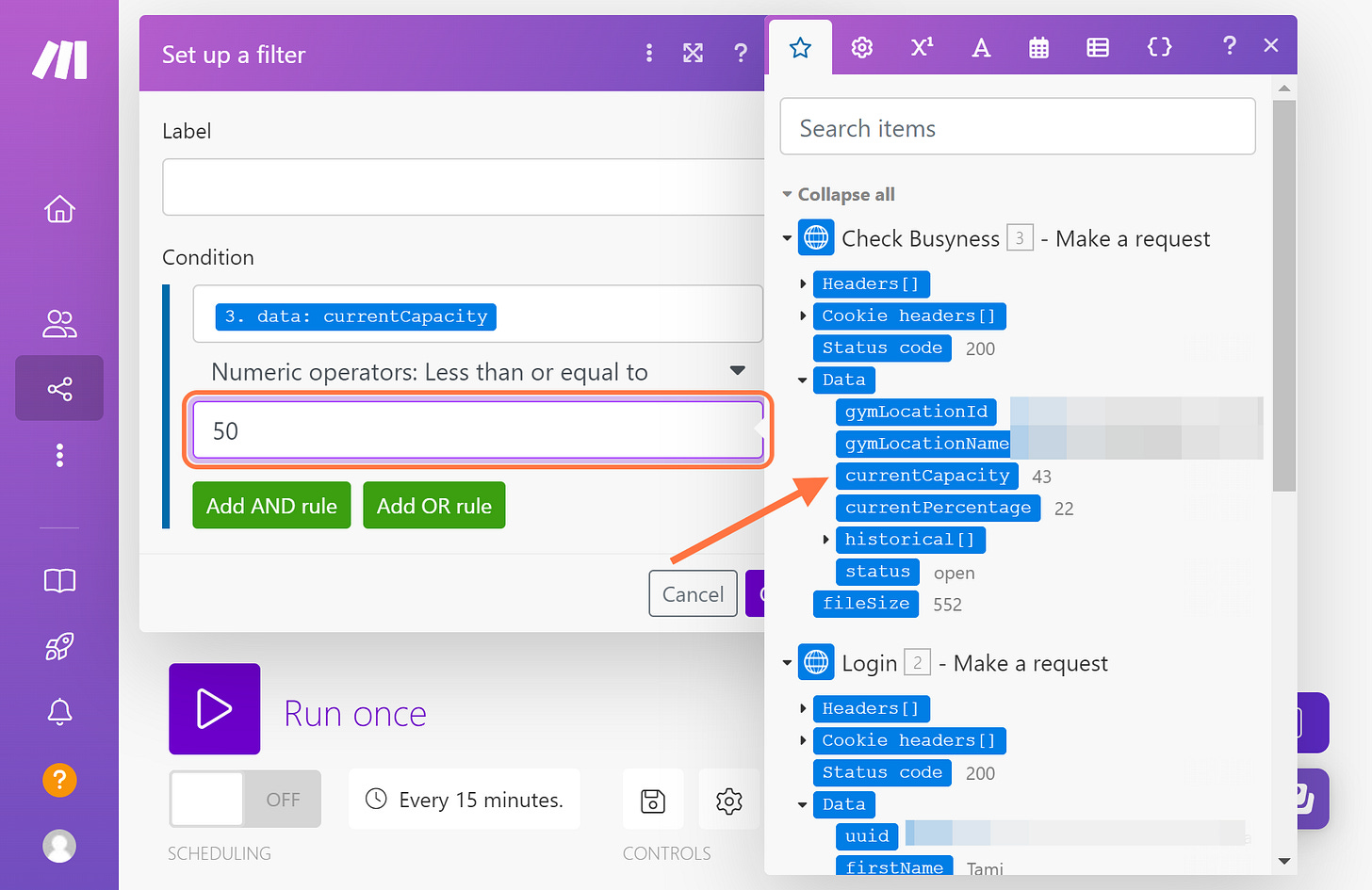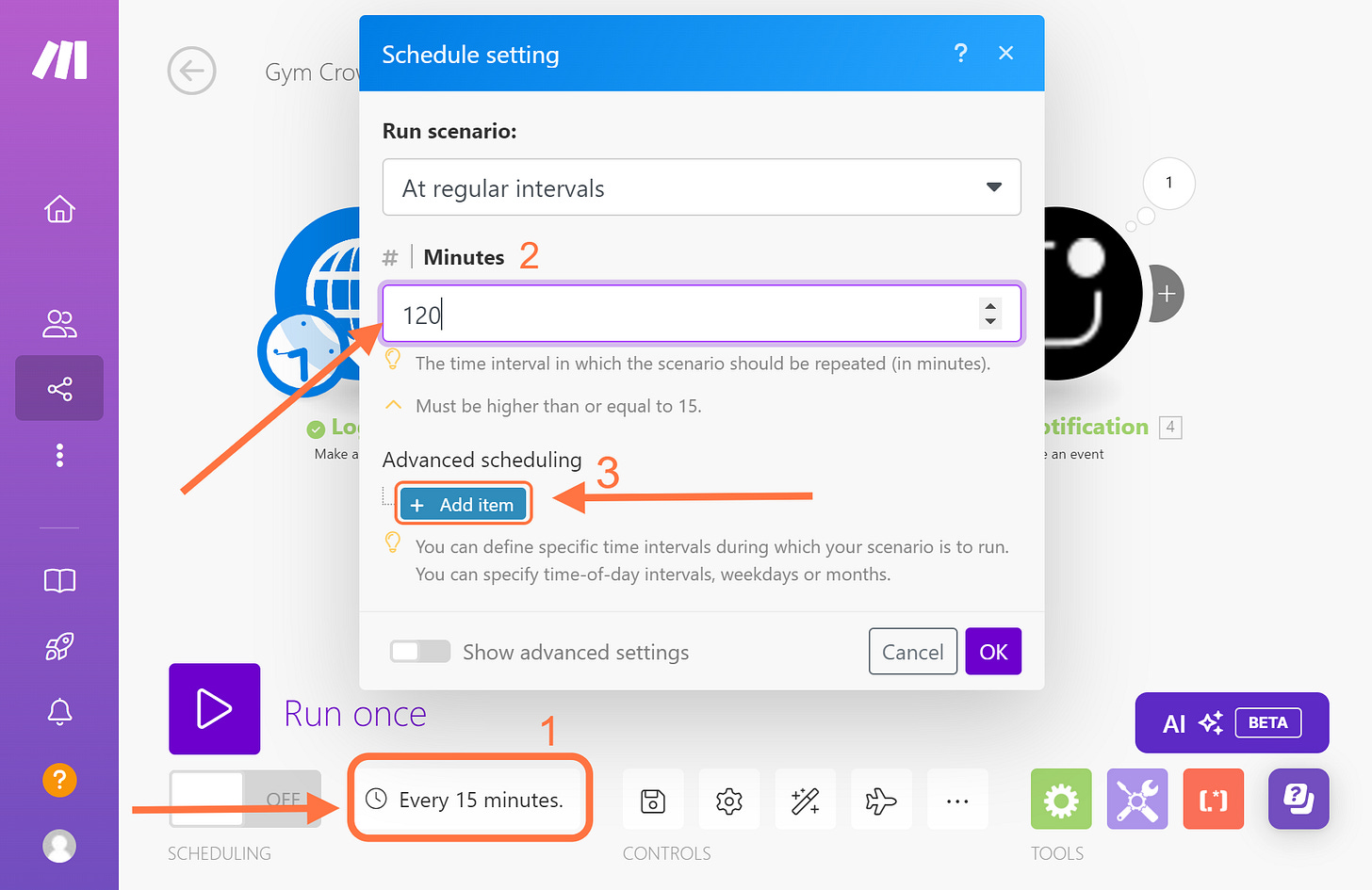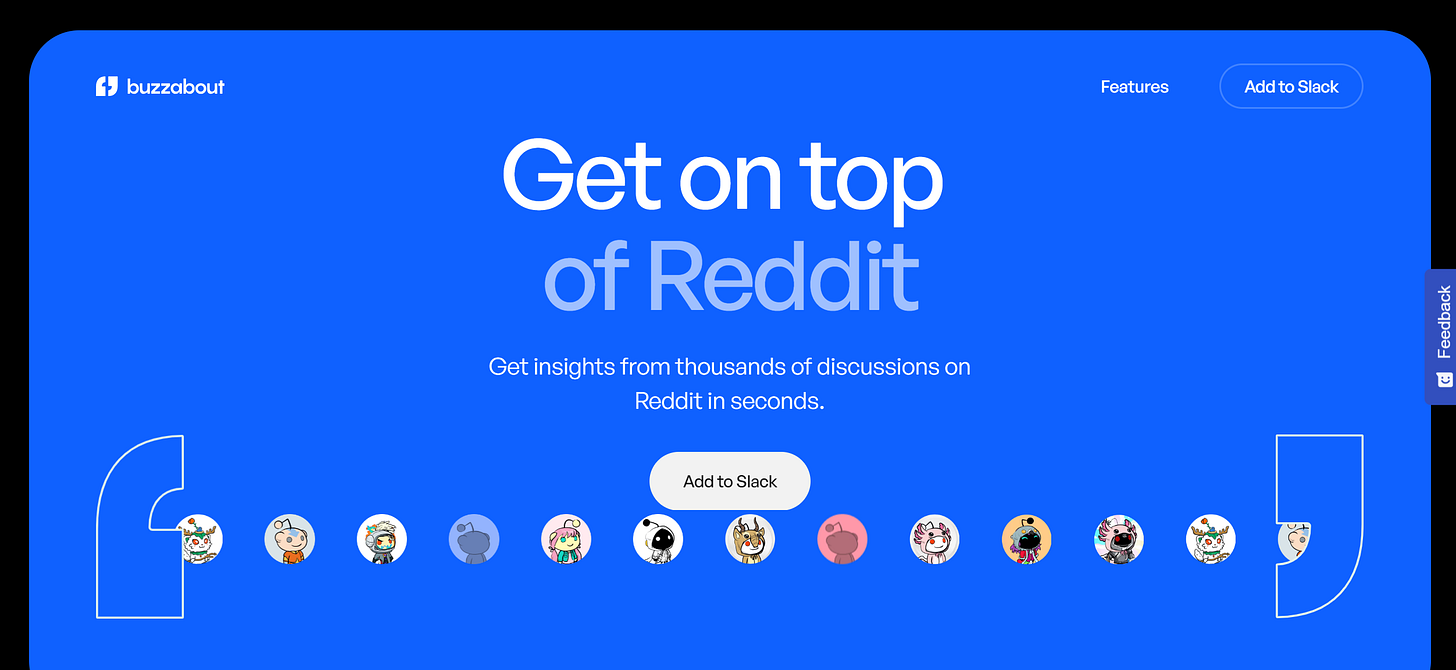🎃 Welcome to the Spooky First Issue of Crazy Eggs!
Unwrap the first crazy egg: learn how to snoop on the competition, build a gym crowd tracker, and discover a new product for user research.
Hey Eggheads,
It's Friday the 13th—fitting for the first issue of Crazy Eggs, right? But don't worry, I’m not bringing you bad luck, just killer product hacks and cool stuff to get you inspired this week. Let’s jump right in!
🕵️♂️ Snoop on your competition
Ever wondered what your competitors are cooking up behind closed doors? Sometimes it's easy to peek inside with a dummy account, but when it's a stealth startup or an elusive B2B setup, things get tricky. So, how do you find that hidden sign-up pages ? Enter: BuiltWith.
How to use it
Fire Up BuiltWith: Head to BuiltWith and pop in the main URL of the company you’re curious about. It’s free for up to 10 lookups per day—more than enough to get started.
Check the Tech Profile: Navigate to the “Detailed Technology Profile” tab. On the right, you’ll see every subdomains from that website listed. This is where the magic happens.
Explore the Subdomains: Look for interesting subdomains like
signup,console,app, ordashboard—these sometimes host hidden features, signup pages, or beta tools that aren’t visible on the main site.
But here’s the real question: Why bother? 🤔
Spot New Features: See what your competitors are focusing on—new features, user needs, or trends they’re betting on that you might’ve missed.
Understand What’s Not Working: Find out what’s missing. Spotting their blind spots can help you build something even better.
Don’t Get Lost in the Stalking Spiral: It's tempting to go full Sherlock, but don’t forget who matters most—your users. This isn’t about copying; it’s about learning from others’ wins and losses.
Discover New Products: Sometimes it’s not even about competition. You just stumble onto some cool tools and ideas and want to see how they work.
💡 DIY gym crowd tracker
So, I’ve been trying to get into a consistent gym habit. Pick a day and time and go, right? But my gym tends to get super crowded, and for me nothing kills the vibe like a sea of people crammed in and waiting for equipment. My gym’s app shows how many people are there, but the times I picked are always too busy and I have to keep checking every few minutes to see if the capacity has reduced. So, I built a little tool to give me a heads-up when the crowd is manageable.
Here’s How I Built My Gym Tracker:
Step 1: Find the API
The Gym Group doesn’t have a public API, so my first move was to scour the internet. Luckily, someone had already dug around and done some reverse engineering. Look hard enough and often times, someone has already done the poking around before you.
Step 2: The Main Setup
I built this in Make. The setup has three modules:
Module 1: Login
I run the API call to log in using my credentials and get back the authentication tokens.
Module 2: Crowd Check
With the tokens, I hit the endpoint that tells me how many people are currently in the gym.
Module 3: Notifications with Logsnag
I used Logsnag to send myself notifications based on the crowd count. Logsnag is a simple event notification tool that shoots the alert straight to my phone. My notification reads: “There are x people at the gym. If you get up now, you can make it in time.”
Step 3: The Filter
I only want to know when the gym has 50 or fewer people. So, I added a filter that checks the current crowd number, and if it’s less than or equal to 50, it triggers the Logsnag notification.
Step 4: Set the Schedule
The final touch: scheduling the automation to run. I set it to check every two hours on Tuesdays, Wednesdays, and Thursdays between 7:30 PM and 10:30 PM.
And that’s it! If your gym’s API isn’t readily available, try poking around the network tab in your browser’s dev tools, or look for hidden resources. Get creative, have fun, and maybe you’ll solve a problem that’s been bugging you for a while.
🥚Eggsplore: Digging into products you need to know
Buzzabout
🧐 First Impressions
Cool name, and it nails a big problem—helping you mine Reddit for all the juicy insights without you having to dive into the endless rabbit hole of threads and comments. It’s basically like having a personal Reddit researcher doing all the hard work for you. I’m into it. But then, I try looking up the pricing page and there isn’t one. Just a mention in the FAQs about three free searches, which is a bit of a letdown. I need to know upfront if I’m even in the game with my wallet.
🛠️ How It Works
Buzzabout is a Slack app, which means no separate sign-up or fancy UI—it’s all embedded into Slack. That’s great if you’re already on Slack; it makes sharing research with your team a breeze. But if you’re not using Slack, or you’re just a solo builder who wants to keep all your findings in a private stash, well, that’s a bit of a bummer.
To use it, you just punch in a search query, and it starts digging through Reddit. They say it takes up to 5 minutes, but mine took about three, so not bad. You get five main topics with their sources, sentiment analysis, upvotes, and comment counts. The downside? When you try to click on a comment, it just dumps you at the top of the main post, which feels kind of half-baked.
🔧 How I Think It’s Built
They use Reddit’s API to sift through posts and comments related to your search term, focusing primarily on those with the most upvotes and engagement—basically the stuff that’s resonating most with people. From there, they would probably use LLMs like GPT or another text analysis tool, to scan through these comments and categorize them into key themes or topics. The likely thing to do would be to prioritize the posts and comments that carry more weight in the conversation—like upvoted comments or popular threads—so the sources it highlights actually reflect the dominant discussions on Reddit.
To keep improving, they would need to continually refine this model, probably through additional training or fine-tuning. This way, the AI would get sharper at reading context, picking out more nuanced trends, and providing better categorization, making the analysis more accurate and useful over time.
🤦♂️ The Bummers
No dedicated pricing page which makes it harder to decide if you even want to try this long-term.
It’s locked into Slack. Great if you’re a Slack power user; not so great if you’re not.
Clicking on a comment link doesn’t take you to the exact comment, just the main post. That’s like half the fun missing right there.
👍 The Stunners
Super easy integration into Slack, which means if you’ve got a team there, it’s seamless.
No separate sign-ups—just add it to your Slack, and you’re off.
It provides detailed insights, not just on posts but deep into the comments, which is where the real gems often are.
That’s a Wrap!
And there you have it—the debut issue of Crazy Eggs is served!
Don’t miss out on next week’s edition. Got feedback or a cool product suggestion? Hit me up anytime.
Keep experimenting, stay curious, and catch you next Friday!
Cheers!🎉





